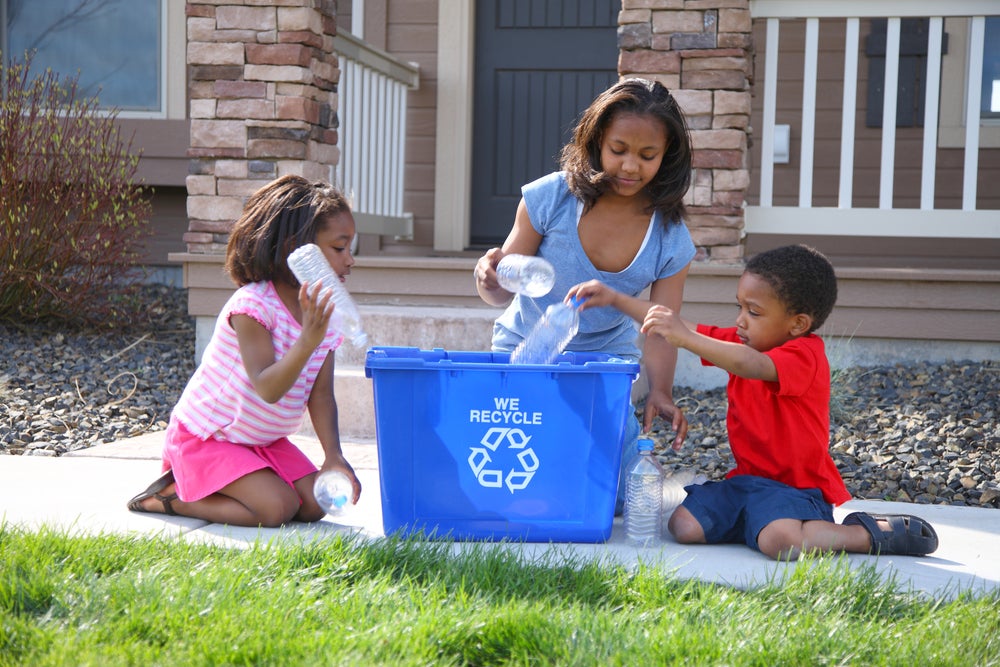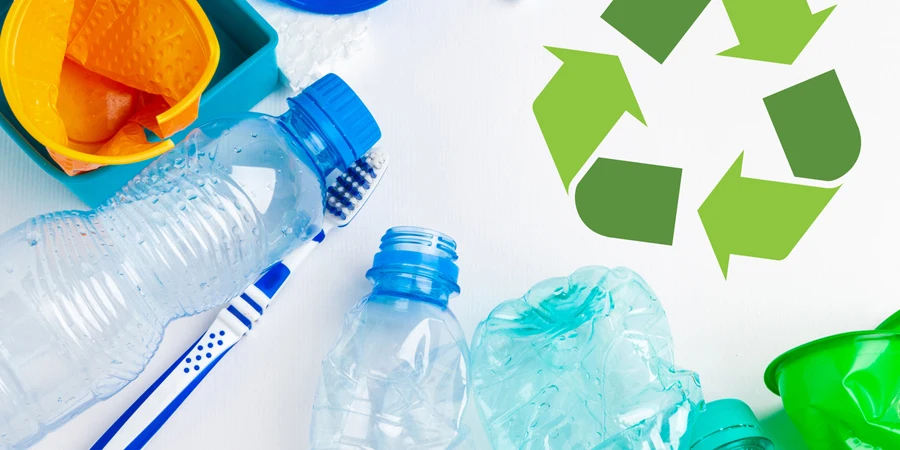Examining the scepticism, misinformation, and innovation hurdles obstructing the shift towards recycling and sustainable packaging.

What we want and what we do are not always the same thing. This is mostly true in all walks of life, and the packaging industry is no exception. Most stakeholders agree that it’s important to consider our planet when designing products and packaging. But, while great strides have been made in recent years, that consensus is yet to be matched by an equivalent level of action from all parties.
To illustrate this point, Mintel’s 2022 Sustainability Barometer report revealed that 82% of global consumers say they try not to be harmful to the environment. However, only 59% said they had recycled packaging in the past week – a significant gap of 23 points.
While sentiment is nice, it can’t secure a more sustainable future for our planet without the requisite action to back it up. That means plugging the say-do gap for good should be at the top of the priority list for the business community and consumers alike – and the packaging industry has the power to help.
An informed debate on recycling and packaging
Whatever the cause of this gap, it is driving scepticism on all sides of the debate. It’s often reported that consumers are willing to spend more on packaging that they perceive to have a lower impact on the environment – reports that are backed up by sales data. However, a survey of retail executives revealed that many simply do not believe this to be true, with only around a third saying they thought consumers would pay more for sustainably produced products.
In other words, not only is there a gap between what consumers say and do, but there is also a gap between what retailers and consumers believe. This scepticism is toxic to progress. And, if you combine enough of these gaps together, you end up with a vast chasm that becomes much harder to bridge.
See Also:
- Chocolates Valor chooses Sonoco’s GREENCAN for cocoa packaging
- ProAmpac to show sustainable packaging solutions at Packaging Innovations
If consumers could bridge this gap on their own, then it probably wouldn’t exist at all. It’s clear that there is no lack of motivation on the part of consumers, but they do need the support of businesses and legislators on their sustainability journeys.
Keeping consumers informed about the specifics of packaging’s sustainability and recycling claims is crucial. How are consumers supposed to make sustainable decisions if they are kept in the dark about the products they purchase? While it’s a useful umbrella term, ‘sustainability’ itself is a vague concept, and that vagueness breeds misunderstanding, which in turn hinders efforts to close the say-do gap. For example, the majority of consumers say that eating locally sourced meat reduces their carbon footprint more than eating imported plant-based food. In reality, the opposite is true.
Likewise, many consumers may assume that buying an entirely plastic-free pack is always more sustainable, but if that pack doesn’t deliver the kind of barrier performance required to reduce food waste, it could have an overall negative impact on its carbon footprint.
Overcoming barriers to sustainability with innovation
Both the UK and EU parliaments have proposed green claims legislation that requires businesses to be specific and clear about their products and packaging, which should mean that consumers can better engage with sustainable behaviours like recycling. Many international governments have passed a string of new laws, regulations, and taxes to encourage companies towards packaging that’s renewable, recyclable, or made with recycled content. It means that the global direction of travel is only moving one way – but, while consumers and regulators can nudge businesses in the right direction, it falls to those businesses to grasp the issue by the horns and lead the way.
As organisers of Packaging Innovations & Empack and the London and Paris Packaging Week events, at Easyfairs we see the remarkable strides the packaging industry has taken as it has evolved in recent years. Our show floors are very different now than they were just five or so years ago, with new innovations in packaging design, materials, and technology increasing at every show.
A Deloitte report found that around half of consumers want better schemes to remove plastic and packaging, and clearer guidance on how they should dispose of packaging waste. And many of the innovations exhibited at our events have proven they understand this, with a clear focus on solutions that work within existing recycling infrastructure.
Similar strides are now being made to reduce costs – a particularly pressing concern for millions of consumers as the global economy struggles to combat the cost-of-living crisis. A 2020 study found that a lack of affordability was the number one barrier for consumers who could not live what they would describe as a sustainable lifestyle.
The innovations that will help us close the say-do gap and facilitate a more sustainable future may exist already – they may even be on show at this year’s Packaging Innovations – but they may require refinement, investment, or simply a platform to show what they can do, as is the case with any innovation. That must come from brands and packaging companies, working in tandem towards a shared goal.
Doing so could unlock new possibilities for consumers who wish to engage with vital sustainable activities but are unable to. For example, studies have shown that those living in apartments are less likely to recycle packaging waste than houses. Should home compostable packaging become more widely used, this could help make the case for small home-composting units that could be affixed to balconies, or larger composting units that are designed into communal garden areas during the site planning process, which could help sidestep issues around recycling collection entirely.
There are many complexities to the say-do gap, but ultimately the solution to it requires two things – innovation and information. A world in which there is a wide range of packaging solutions designed with various aspects of sustainability in mind, and a consumer base that is better informed about how they can use those solutions to reduce their carbon footprint is a world in which the say-do gap no longer exists.
About the author: Naomi Stewart is the marketing manager at Easyfairs where she oversees the UK Packaging Portfolio.
Source from Packaging Gateway
Disclaimer: The information set forth above is provided by packaging-gateway.com independently of Alibaba.com. Alibaba.com makes no representation and warranties as to the quality and reliability of the seller and products.




